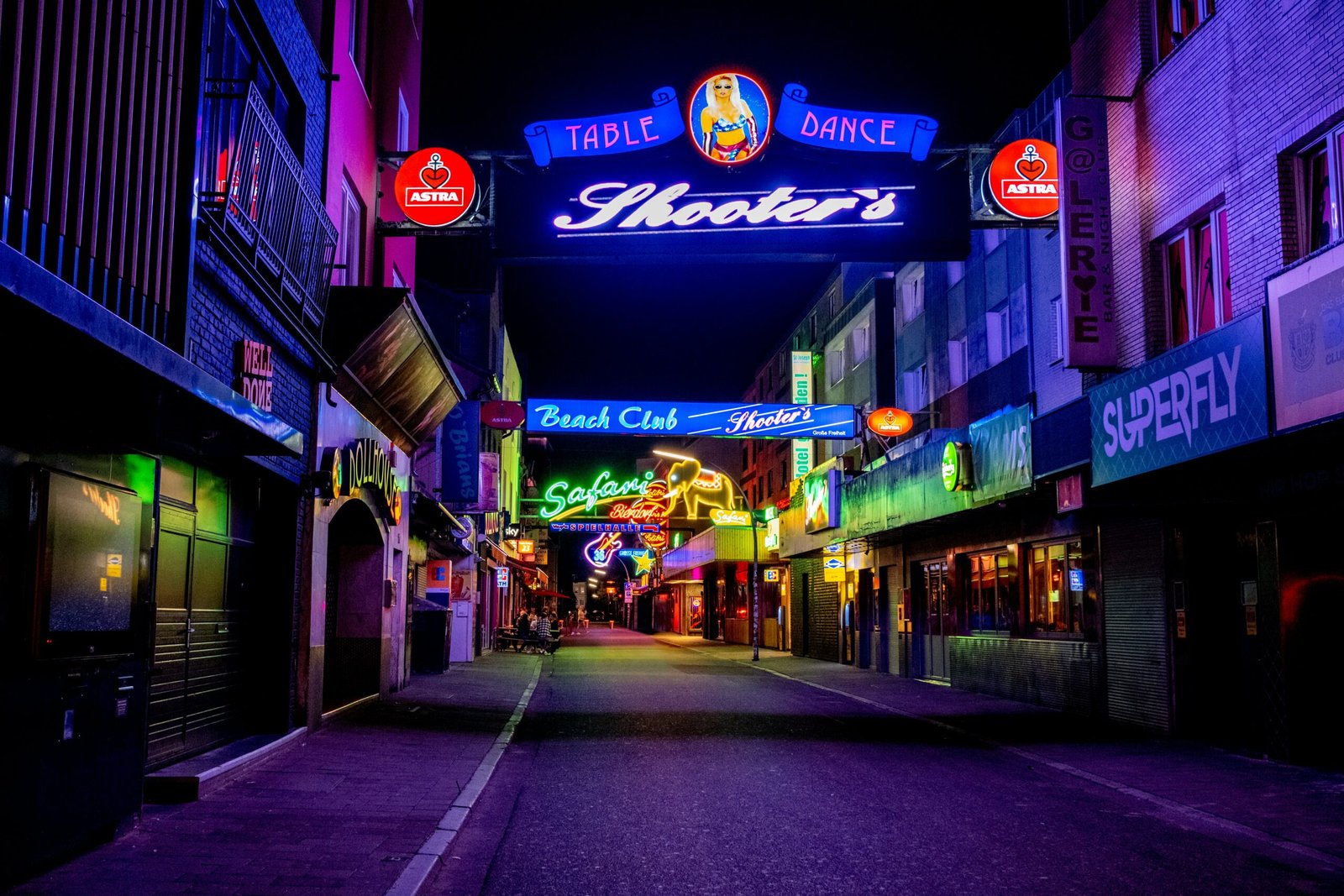Understanding the Relationship between Strip Clubs and Human Trafficking
Strip clubs have long been a subject of controversy and debate due to their association with human trafficking. While not all strip clubs are involved in illegal activities, there is evidence to suggest that some establishments have been used as fronts for human trafficking operations. This article will examine the relationship between strip clubs and human trafficking, with a focus on how regulations and law enforcement efforts aim to combat exploitation.
The Vulnerability of the Strip Club Industry
The strip club industry, by its nature, creates an environment where individuals may be vulnerable to exploitation. Many strip club workers, particularly those who are immigrants or in precarious financial situations, may be at risk of being coerced into illegal activities, including human trafficking. The allure of quick money and the lack of job opportunities can make individuals more susceptible to exploitation.
It is important to note that not all strip clubs engage in illegal activities or contribute to human trafficking. Many establishments operate within the confines of the law and provide a safe working environment for their employees. However, it is crucial to address the issue of exploitation in those establishments where it does occur.
Regulations and Law Enforcement Efforts
In response to concerns about human trafficking in strip clubs, governments and law enforcement agencies have implemented various regulations and initiatives to combat exploitation. These efforts aim to ensure that strip clubs operate legally and ethically, protecting the rights and well-being of both workers and patrons.
One common regulatory measure is licensing. Governments require strip clubs to obtain licenses that outline specific guidelines and requirements for operation. These licenses may include provisions related to worker safety, age restrictions, and the prevention of illegal activities. By imposing these regulations, authorities can monitor and enforce compliance, reducing the risk of human trafficking within the industry.
Law enforcement agencies also play a crucial role in combating human trafficking in strip clubs. They work closely with regulatory bodies to investigate allegations of exploitation and illegal activities. Through undercover operations, surveillance, and cooperation with informants, law enforcement agencies gather evidence to prosecute individuals involved in human trafficking.
Collaboration and Support Networks
Efforts to combat human trafficking in strip clubs also involve collaboration between various stakeholders, including government agencies, law enforcement, non-profit organizations, and community support networks. These collaborations aim to provide resources and support to individuals who may be at risk or have been victims of exploitation.
Non-profit organizations play a vital role in assisting individuals who have been trafficked or are at risk of trafficking. They provide shelter, counseling, and job training programs to help survivors rebuild their lives. Additionally, these organizations raise awareness about the issue of human trafficking and advocate for policy changes to strengthen regulations and enforcement.
Community support networks, such as hotlines and outreach programs, also play a crucial role in identifying and assisting potential victims of human trafficking. These networks provide a safe space for individuals to report suspicious activities or seek help without fear of retaliation.
The Importance of Education and Awareness
Education and awareness are key in combating human trafficking in strip clubs. By promoting a better understanding of the issue, society can recognize the signs of exploitation and take appropriate action. This includes educating strip club owners and staff about the indicators of trafficking and providing training on how to respond to potential cases.
Furthermore, public awareness campaigns can help debunk misconceptions and stereotypes surrounding strip clubs and human trafficking. It is essential to differentiate between legal and ethical establishments and those involved in illegal activities. By doing so, society can support the legitimate businesses while actively working to eliminate exploitation.
Conclusion
The relationship between strip clubs and human trafficking is a complex and multifaceted issue. While not all strip clubs are involved in illegal activities, some establishments have been used as fronts for human trafficking operations. Regulations and law enforcement efforts aim to combat exploitation by implementing licensing requirements, conducting investigations, and collaborating with non-profit organizations and community support networks. Education and awareness are also crucial in recognizing and addressing human trafficking in strip clubs. By working together, society can strive to create an environment that is safe and free from exploitation.

